Through art, food, artefacts and an MRT jingle Singaporeans show other sides to city state
I have never understood why tourists fly to Singapore only to trawl its designer stores and try to reserve tables at restaurants headed by superstar foreign chefs.
Surely a visitor should try to get beneath the skin of a place, which is why I am in favour of the recently composed jingles that now play in the city state’s MRT metro stations as trains approach.
Inspired by folk songs and nursery rhymes, they are a nod to Singapore’s heritage, for anyone who bothers to listen.
I also approve of the growing number of hotels rolling out afternoon tea sets featuring slices of Singapore to guests who would not ordinarily venture far from the Orchard Road shopping area.
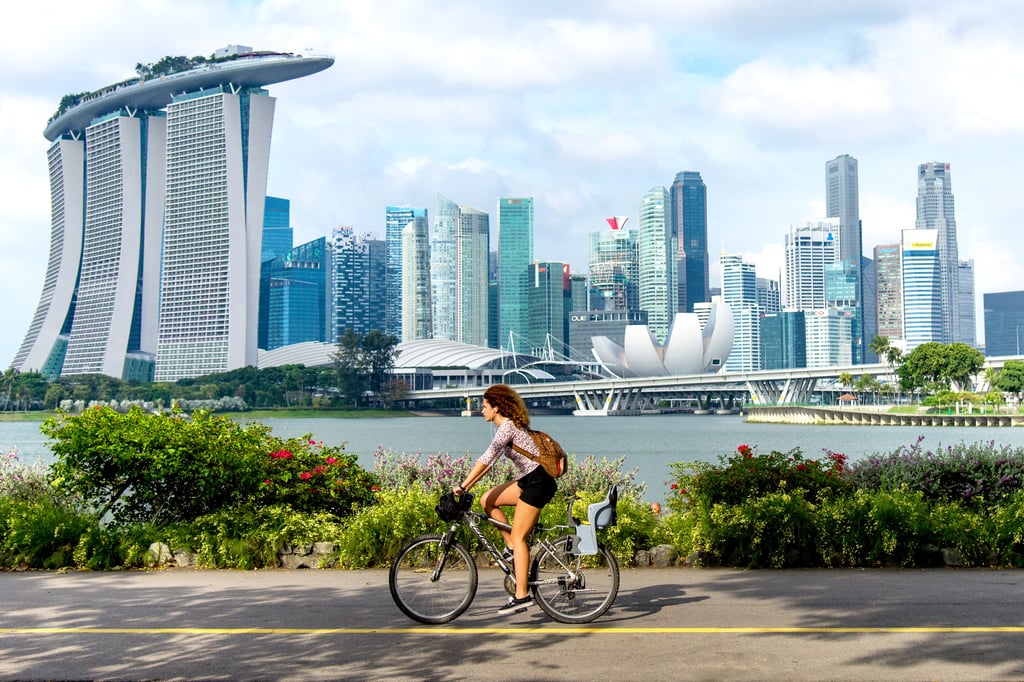
The afternoon tea served at The Fullerton Hotel’s Courtyard, for example, is packed with local flavours, including marinated sea prawn served with a fragrant laksa aioli.
Labyrinth, a Michelin-star modern Singaporean restaurant, is another reminder that the best insights into a place often come from its own people.
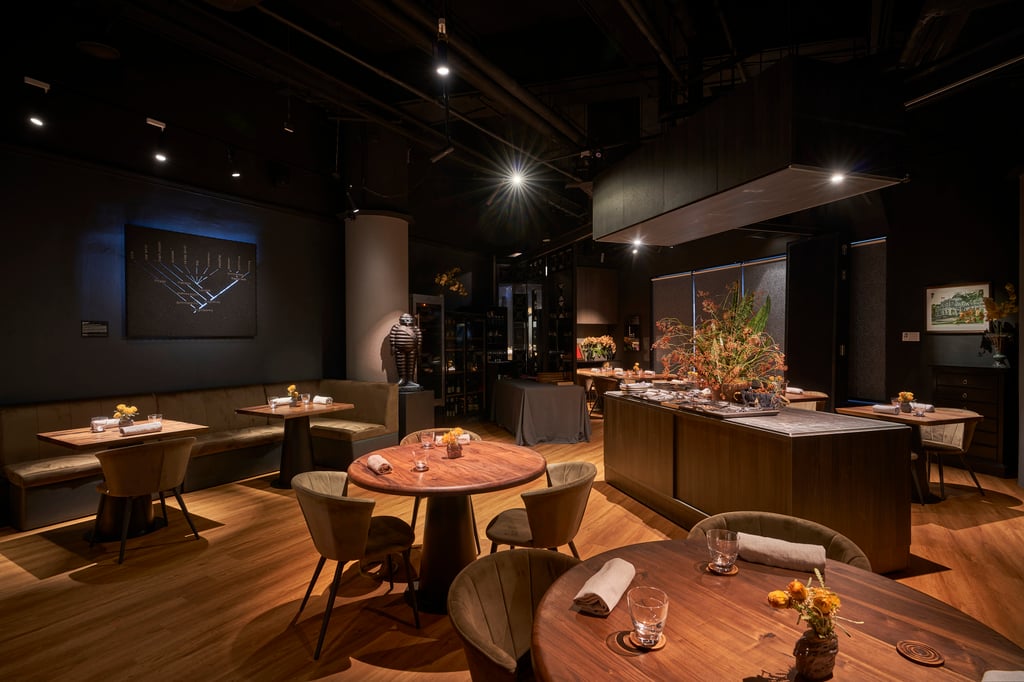
Head chef and founder LG Han’s tasting menu is a love letter to Singapore and the food he once gorged on at Newton Food Centre hawker centre, after which he names the opening dish.
Memories of Newton Food Centre features otah – a Southeast Asian fishcake – a roti john or omelette sandwich, chicken wings and coin prata flatbread.
For added authenticity, the dish is served on a tray resembling the top of a hawker centre table, complete with a printed message reminding diners to return their tray.

LG Han is not the only Singaporean who takes inspiration from childhood memories.
I later find myself on a street corner in Singapore’s Chinatown, gazing at the spot where a tradesman once slaughtered snakes and sold their flesh, according to Yip Yew Chong, a local street artist who used to walk past him on his way to school.
“I used to freak out every time I’d pass him,” says Yip, who immortalised him in one of his artworks, and whose intricate murals provide deeper insights into the neighbourhood than a visit to one of its hawker centres ever could.
Yip’s murals, which have been commissioned by both Chinatown residents and businesses, are not just for selfie-snapping foreigners – they are for Singaporeans too.
He imparts more local knowledge when discussing his favourite hang-outs in Singapore, one of which is Pulau Ubin, an island near the Malaysian border where he used to go camping with family and friends.
It takes just 15 minutes to reach on a 12-person boat that sputters out of Singapore’s Changi Point Ferry Terminal.

The island, which was once pockmarked with granite quarries, has fewer than 50 residents, most of whom live in one of Singapore’s last traditional kampong villages.
After renting a bicycle at a rustic store next to the pier, I join one of the trails weaving across the island (Ubin has no hotels or cars; the main mode of transport is bicycle).
The last of the quarries, whose granite was used to build Singapore’s public housing estates, closed in 2000.
The quarries have been transformed into nature reserves, where I pass binocular-touting “twitchers” on the lookout for rare bird species.
At the now-flooded Pekan Quarry there are heron nesting platforms, and at nearby Butterfly Hill a grassy knoll is blanketed with flowers chosen for their ability to attract rare butterflies.

Ah Ma Drinks Stall serves as a reminder of the island’s past. It was founded by Madam Ong, whose parents worked on the island’s prawn farms, and is housed in a traditional kampong-style structure.
Ong, now 85, went into the drinks business with her late husband. They built the wooden stall using timber salvaged from abandoned kampong houses, and began selling juice made with locally grown coconuts.
In 2018, her structure was renovated with the help of architecture students from the National University of Singapore.
Today, information panels and faded photographs pinned to the stall give information about the island’s history. Ong still hacks open coconuts for thirsty hikers with her machete.
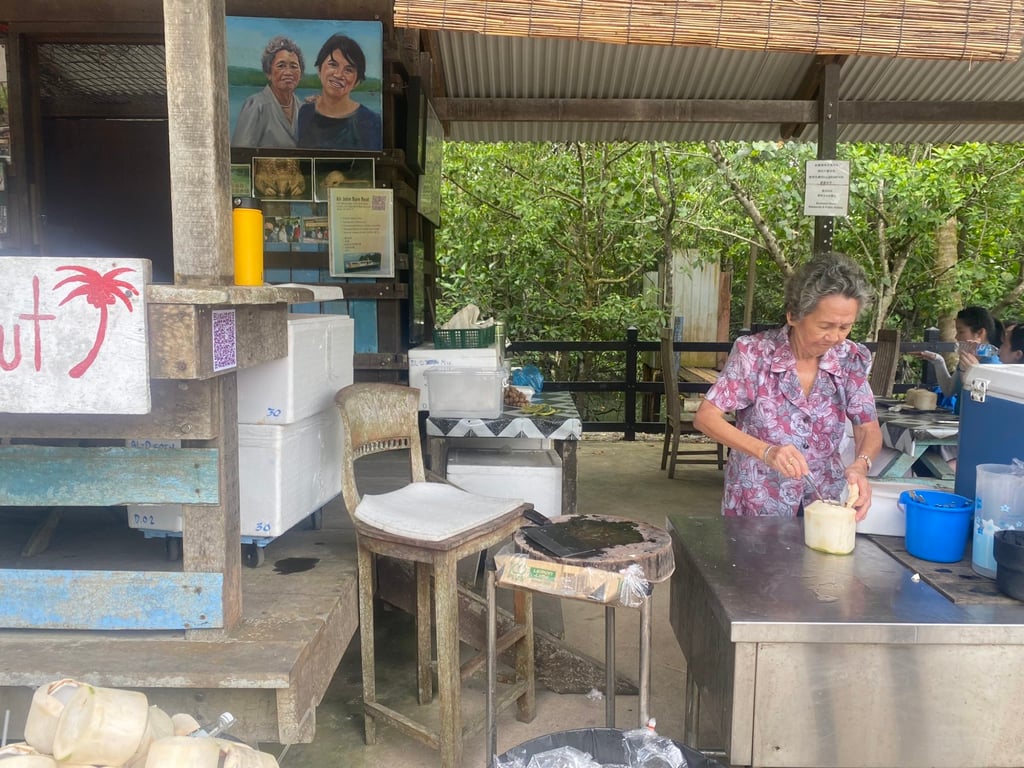
Another attraction many overseas visitors miss is the Straits Enclave, a museum hidden among the pastel shophouses on Joo Chiat Road. It is dedicated to the history of the Peranakan community, which dates back to the mixing of Chinese and Malay cultures in the 15th century.
Straits Enclave may be a private museum, but it feels more like a private home. Its owner, Clarence, amassed such a huge collection of artefacts that he opened the museum as both a storage space and a place to spotlight Peranakan culture.
Clarence might soon need bigger premises – the narrow stairway leading to the museum is lined with beautifully painted chamber pots, and in the main room are larger items such as wooden desks and wardrobes adorned with ornate details typical of Peranakan furniture.
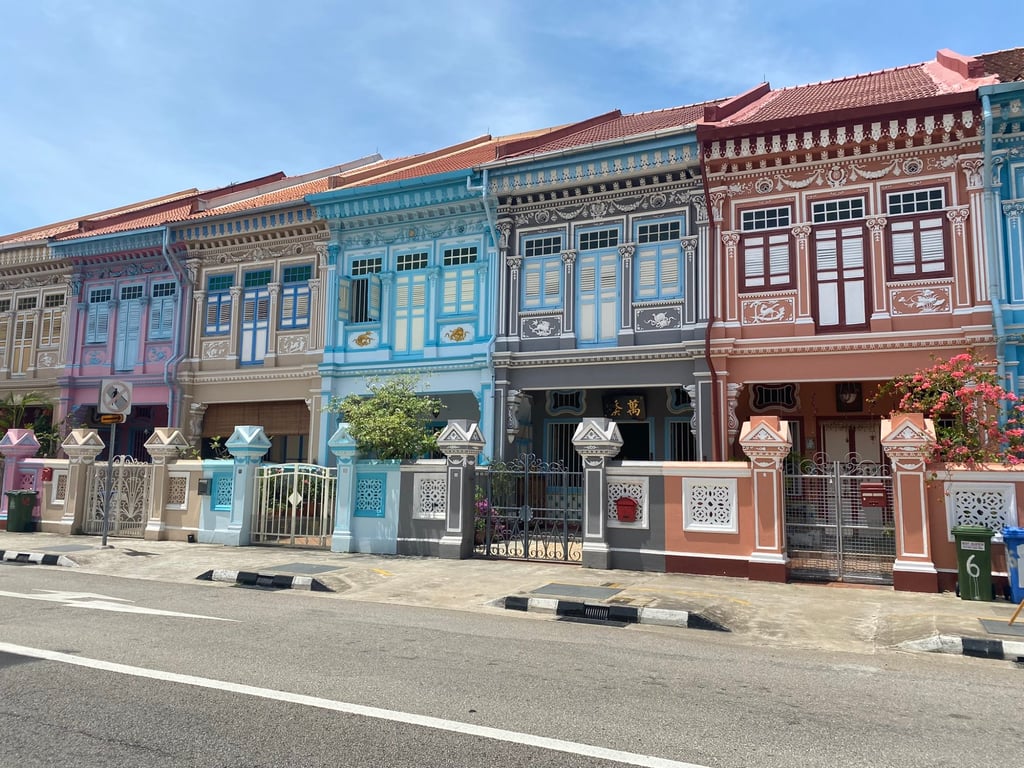
The biggest item is a four-poster bed, the kind in which newlyweds would spend their first night together (typically supervised by the bridegroom’s mother).
Clarence tells me his favourite pieces are his kamcheng – beautifully painted porcelain jars once used in Peranakan weddings.
While I am all for authenticity, I am pleased to find no chamber pots in use in the shophouse I am staying at.
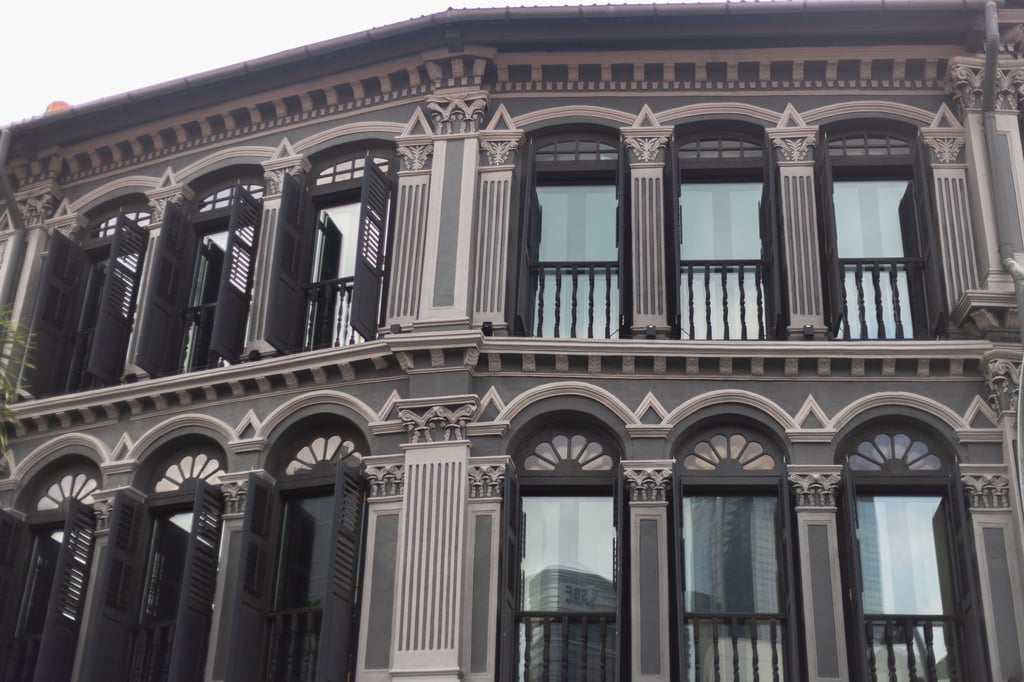
The Duxton Reserve Singapore, Autograph Collection is a boutique hotel tucked into a row of heritage shophouses in Chinatown.
I sleep in a four-poster bed inspired by those once found in Chinatown’s opium dens – semi-enclosed to reduce draughts, which could have extinguished the flame of an opium lamp.
Geylang Serai, one of Singapore’s oldest Malay settlements, is next on my list of underappreciated attractions. My guide is Jan Chow of Wok ’n’ Stroll, a tour company that helps visitors delve deeper into Singaporean culture.
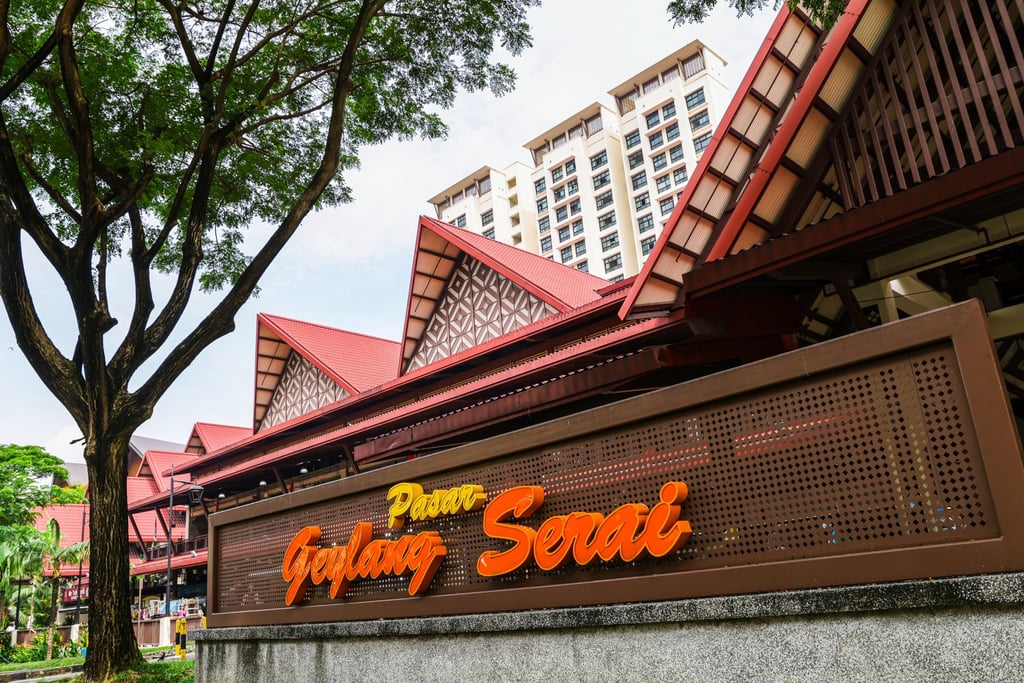
The area is home to an enormous wet market and food centre (I recommend pisang goreng, or banana fritters), a beautiful mosque and rows of colourful shophouses.
It is a more authentic, blue-collar version of Kampong Glam, says Jan, referring to Singapore’s Instagram-famous Arab Quarter where residents are hard to spot among the crowds.
After the tour, I take the MRT to Orchard station, on Orchard Road.
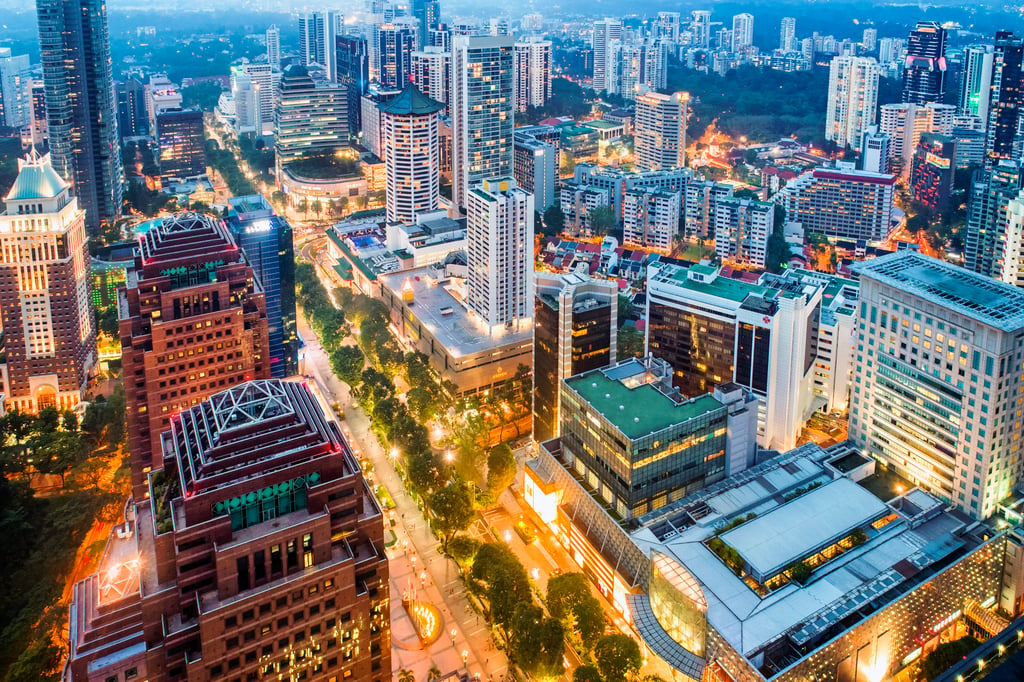
When I disembark, a jingle inspired by a Singaporean folk song announces the arrival of a train on the opposite platform.
It prompts a frown from a tourist showing off her shopping bags on a video call, but a smile from an elderly Singaporean lady sat nearby.
And another from me, a pisang goreng-loving tourist with a new-found appreciation of chamber pots, snake flesh sellers and opium den beds.

